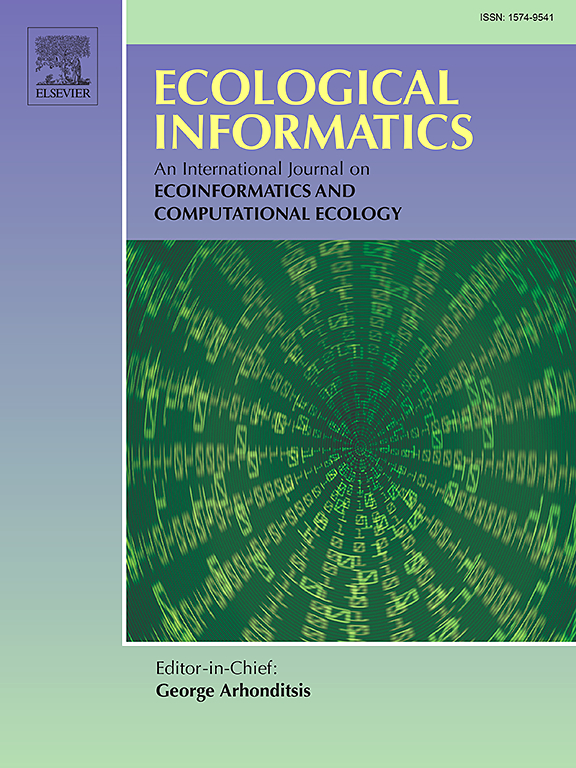Temporal dynamics of biodiversity in benthic macroinvertebrate communities from a 140-year sedimentary DNA record and their driving mechanisms
IF 5.8
2区 环境科学与生态学
Q1 ECOLOGY
引用次数: 0
Abstract
The ecological processes that influence the temporal components of β diversity and the interplay between taxonomic and functional β diversity are poorly understood. Therefore, the mechanisms that drive these processes and their ecological significance require further investigation. In this study, we utilized sedimentary DNA (sedaDNA) metabarcoding to analyze an approximately 140-year-long record of the benthic macroinvertebrate communities found in Lake Chenghai, southwestern China. Our findings revealed a decrease in taxonomic and functional dissimilarity within the β diversities of these communities from 1886 to 2017, with a pronounced homogenization trend observed between 1987 and 2017. This homogenization was primarily driven by taxonomic and functional turnover, which was caused by increased nutrient levels, especially increased total nitrogen content. In addition, autogenic organic matter inputs and increased evaporation also play a significant role in this phase. Predictive models indicate that to maintain optimal water quality and ecological health, total nitrogen and total phosphorus should be controlled to within approximate ranges of 0.565 mg/L ± 0.441 mg/L and 0.026 ± 0.001 mg/L, respectively. Our study highlights the role of temporal species turnover in shaping community structures and provides valuable insights for managing lake ecosystems and preserving biodiversity within benthic macroinvertebrate communities.

来自140年沉积DNA记录的底栖大型无脊椎动物群落生物多样性的时间动态及其驱动机制
影响β多样性时间组分的生态过程以及分类学和功能性β多样性之间的相互作用尚不清楚。因此,驱动这些过程的机制及其生态意义需要进一步研究。在这项研究中,我们利用沉积DNA (sedaDNA)元条形码分析了中国西南部澄海湖近140年的底栖大型无脊椎动物群落记录。结果表明,从1886年到2017年,这些群落的β多样性在分类和功能上的差异有所减少,而在1987年到2017年,β多样性呈明显的同质化趋势。这种同质化主要是由于养分水平的增加,特别是总氮含量的增加,导致了分类和功能的更替。此外,自生有机质的输入和蒸发量的增加也在这一阶段发挥了重要作用。预测模型表明,为保持最佳水质和生态健康,总氮和总磷应分别控制在0.565 mg/L±0.441 mg/L和0.026±0.001 mg/L的近似范围内。我们的研究强调了时间物种周转在形成群落结构中的作用,并为管理湖泊生态系统和保护底栖大型无脊椎动物群落的生物多样性提供了有价值的见解。
本文章由计算机程序翻译,如有差异,请以英文原文为准。
求助全文
约1分钟内获得全文
求助全文
来源期刊

Ecological Informatics
环境科学-生态学
CiteScore
8.30
自引率
11.80%
发文量
346
审稿时长
46 days
期刊介绍:
The journal Ecological Informatics is devoted to the publication of high quality, peer-reviewed articles on all aspects of computational ecology, data science and biogeography. The scope of the journal takes into account the data-intensive nature of ecology, the growing capacity of information technology to access, harness and leverage complex data as well as the critical need for informing sustainable management in view of global environmental and climate change.
The nature of the journal is interdisciplinary at the crossover between ecology and informatics. It focuses on novel concepts and techniques for image- and genome-based monitoring and interpretation, sensor- and multimedia-based data acquisition, internet-based data archiving and sharing, data assimilation, modelling and prediction of ecological data.
 求助内容:
求助内容: 应助结果提醒方式:
应助结果提醒方式:


